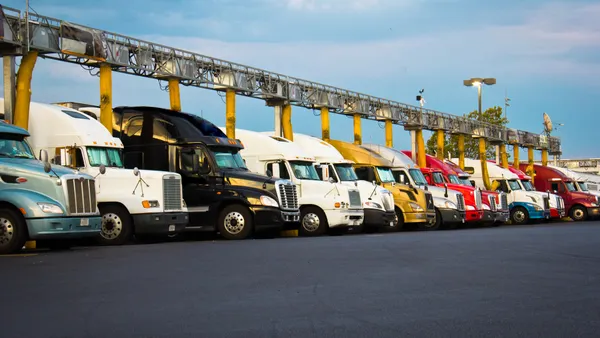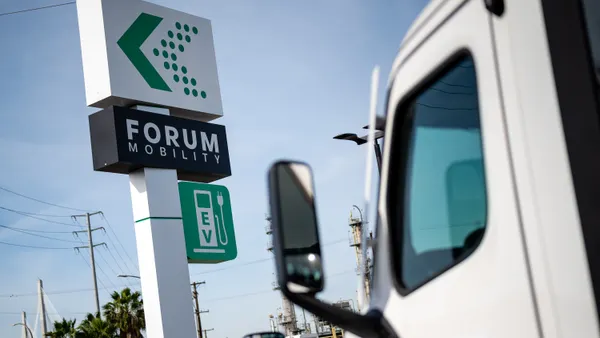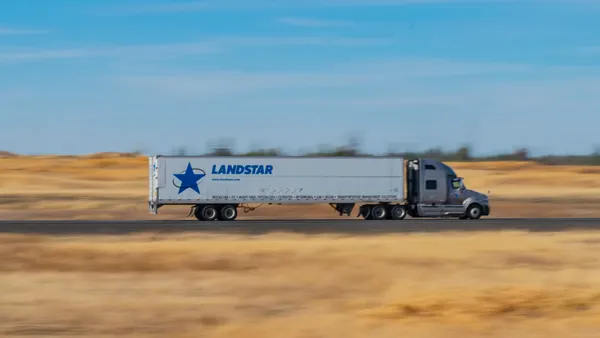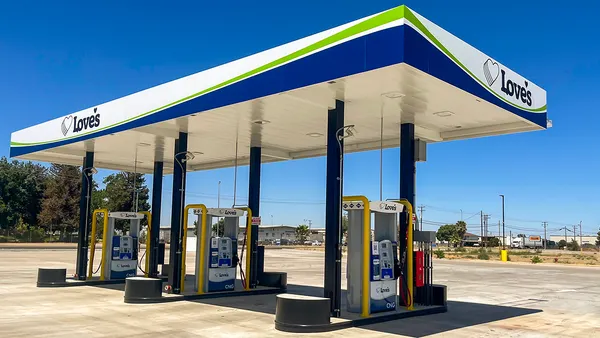Dive Brief:
- J.B. Hunt will provide inland container-only freight service between BNSF Railway’s new Port of Tacoma facility and Chicago beginning in mid-August, the companies announced last week.
- The railroad’s Tacoma South intermodal rail hub, part of a joint effort announced in March, will be able to accommodate more than 50,000 annual container lifts, according to BNSF.
- The hub will help the Seattle and Tacoma gateway accomplish a long-term goal of growing its domestic intermodal capacity, Don Meyer, Northwest Seaport Alliance co-chair and Port of Tacoma Commission president, said in a statement.
Dive Insight:
The Tacoma South facility and inland container service are the next steps in BNSF and J.B. Hunt’s initiative to substantially improve intermodal capacity.
J.B. Hunt took delivery of an additional 1,300 containers in Q2 and expects more in the second half of the year, Darren Field, president of intermodal, said in an earnings call. The company plans to grow its intermodal fleet to as many as 150,000 containers over the next three years.
Rail congestion notwithstanding, intermodal remains an attractive option for shippers looking for a more efficient, sustainable and carbon-friendly shipping method, Field said during the call.
“When rail velocity does improve, we fully expect to improve available capacity but also demand for that available capacity as service levels improve,” he said.
Shippers’ interest in reducing Scope 3 emissions is motivating a shift of freight to intermodal, along with driver constraints, increasing labor costs, high fuel prices and congestion, J.B. Hunt CEO John Roberts told investors in April.
BNSF did not respond to questions about the size of the Port of Tacoma facility or its opening date. The site “will help support greater warehousing and distribution needs in the fast-growing greater Seattle area,” Tom Williams, BNSF group vice president of consumer products, said in a statement.
BNSF and J.B. Hunt have already begun collaborating on how to optimize flows and manage capacity using the companies’ properties near key facilities in Southern California and Chicago.
The railroad is also adding more parking at intermodal facilities in Texas and Chicago and plans to bring an additional 1,250 double-stacked cars into service this year capable of handling around 2,500 containers.













